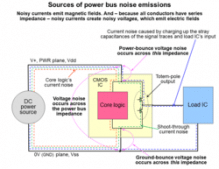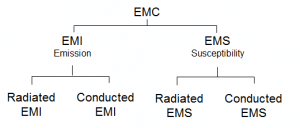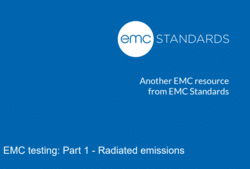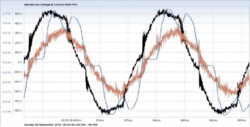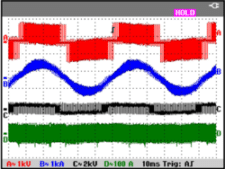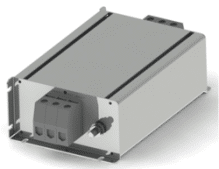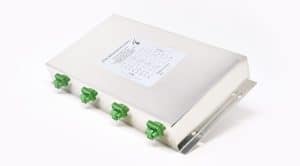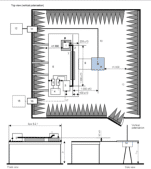Semiconductor die shrinking means that 0.7ns risetimes are now too slow Electrostatic discharges in the real world cover a very wide range: from relatively slow high-voltage events (say, > 1kV peak) to extremely fast low-voltage events (say, < 1kV peak). The figure shown is of the transient field radiated by a micro-gap discharge between two coins – more on this … [Read more...]
Ground / Power Bounce Cause Noise Emissions From All IC Pins
Ground and power bounce are often ignored as sources of CM noise emitted from all integrated circuit (IC) pins, even if they are static inputs or outputs, digital or analogue, and even sometimes emitted as radiated noise directly from the body of the IC (especially when its physical structure resonates). CMOS ICs use ‘totem-pole’ logic switching gates that momentarily short … [Read more...]
Risks Associated with EMC and EMI – Don’t get Confused!
There are many kinds of risk For example: the risk of being late for an appointment; the risk of buying a lottery ticket but not winning a prize; the risk of designing and manufacturing a new product that might not sell well enough, etc. The above are examples of non-safety-related risks, but safety-related risks also exist. EMC1 Risk Management (or, the Risk Management … [Read more...]
A Simple Method for Estimating Radiated Emissions – Part 2
I recently published this blog, detailing a simple proven method for estimating the radiated E field with specified test setup. As a result, I received the following feedback... 'This model is wrong for equipment tested over a ground plane as described. The complex correct transmission line model (less the ground plane) is given by Balanis, and a simpler but accurate … [Read more...]
A Simple Method for Estimating Radiated Emissions
A simple method for estimating radiated emissions I recently received the following question: How to calculate the radiated E field with following test conditions with an antenna placed 1 meter away from the test setup?: A commercial equipment under test with metal housing Equipment placed on the grounded metallic table/plane LISN installed (and also placed … [Read more...]
Comparison of PWM VFDs versus Resonant Link Converters – Part 2
In Part 2 of this blog, the harmonic current distortion of a typical Variable Frequency Drive (VFD) is discussed, as well the possible solutions to the problems that this causes. Active Front End or (AFE) units are also discussed and some of the issues that they themselves … [Read more...]
Comparison of PWM VFDs versus Resonant Link Converters – Part 1
AC variable frequency drives (VFDs) have been in existence in a number of forms since the early 1970s. In the early 1980s the “pulse width modulated” (PMW) VFD versions began to appear. This form of motor control produced less motor rotor and stator harmonic heating and delivered smoother torque control at slow motor speeds. Thirty years on PWM VFDs are still the most … [Read more...]
Insertion Loss and Filter Performance
Background Filters are almost always a part of electronics design. Design engineers design a filter to achieve certain attenuation in specified frequency range. There are many types of filters, such as high pass, low pass or bandwidth. Popular filter configurations include L-C, C-L-C (π) or L-C- L (T). It is safe to say that when it comes to filter design, the discussion of … [Read more...]
ITG Electronics Introduces Multi-line Low-voltage Dataline Filters for MRI & Shielded Rooms
Enhanced single-line and new triple- and quadruple-line filters expand clean data transmission options, reduce wall penetrations, and improve mounting security and terminal block connectivity. Elmsford, NY – ITG Electronics, a leading manufacturer of inductors, transformers and EMI Filters since 1963, has enhanced and expanded its series of dataline filters for MRI rooms and … [Read more...]
Design Characteristics and Verification of Chambers for Testing to CISPR 25
This article is intended to provide an understanding of the requirements for qualification of an Absorber Lined Shielded Enclosure (ALSE) for use in the measurement of radiated disturbances in the frequency range of 150 kHz to 2,500 MHz, as described in CISPR 25. Who is CISPR In order to provide the technical parameters for verification of these compliance test sites, it … [Read more...]
- « Previous Page
- 1
- …
- 5
- 6
- 7
- 8
- 9
- …
- 68
- Next Page »

